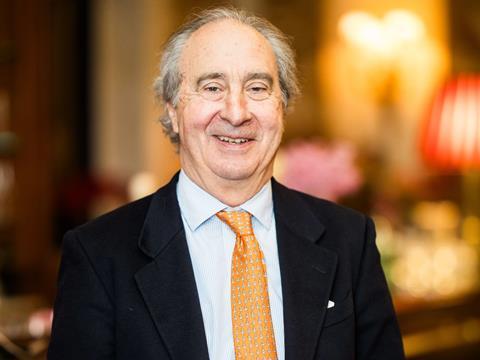
With global competition increasing and costs soaring, the European PET industry is currently facing an uncertain future. Antonello Ciotti, president of Petcore (the organisation that represents the European PET value chain), warns that the EU must act now to save an industry that is crucial to its sustainability and manufacturing ambitions.
You must have had hundreds of conversations with experts from the PET value chain across both days of the 2025 Petcore conference. Were there any specific themes or topics that came up repeatedly?
Yes indeed. The subject that came up most often in my discussions with players up and down the value chain was the competitiveness of EU manufacturing. And there are two points here. The first relates to those using virgin feedstock who, due to the war in Ukraine, are seeing their competitiveness squeezed by Chinese manufacturers who are able to buy cheap oil at almost 50% of the price of Europeans. A situation that is not sustainable.
The second concerns recyclers who are facing the same situation. Waste feedstock for recycling now costs almost 10 times less outside of the EU than within it. It used to be the case that European producers were filling the gap due to technological advantage, but that is no longer the case as the Chinese have excellent technology too. The gap is now simply too wide for Europeans to regain competitiveness.
Adding to the industry’s woes is US President Trump who imposes duties on countries around the world on a whim without due reflection as to the impact. Take the 50% duty he has now imposed on materials coming from India: it won’t be long before India abandons the US market and turns to the EU instead and once again we will swamped with cheap imports and struggling to compete.
From the perspective of an attendee, questions around the long-term viability of the industry as a whole seemed to crop up a lot. Following the event’s lively debates and discussions, did you leave feeling more positive than you were at the beginning?
As chairman of PETCORE EUROPE I have to be positive by definition. As an organisation we are working hard to engage various EU departments to tackle these issues and steady the ship.
Take DG TAXUD, we are currently in discussion with them on how to introduce a new TARIC code to better follow recycled material coming from third countries. We need to track what is coming into the EU and to understand its composition. We can’t just take people at their word when their product carries a label declaring ‘recycled PET’.
We need to understand what it is recycled from and what is the percentage of recycled material in the pellets. Importers need this information to fulfil EU demands and moreover we are trying to secure Commission protection for quality.
Everything that we are asking for is in line with the recommendations of Prof. Draghi’s report on EU competitiveness and PETCORE EUROPE is pushing the EU institutions to take swift action.
We are also doing a lot with the EU institutions to address some of the potential restrictions on PET and misunderstandings that threaten our market. Take PET trays - used for packaging everything from meat to fruits and berries: under current plans they are facing a ban by 2030 for ‘unprocessed fruit and vegetables.’ We are taking action to demonstrate that PET trays, like PET bottles, are fully recyclable and reusable and have a role to play in a circular economy.
I also feel positive when I see some of the campaigns being mounted by manufacturers. Alpla’s ‘Plastic is Fantastic’ campaign for instance is a great example and they have been very proactive in presenting why plastic should not be demonised.
Concerns around the EU plastic recycling industry seem to have ramped up this year, with news around insolvencies and plant closures appearing to increase. What does this mean for the PET industry?
Theoretically the whole circularity of the PET industry is at stake. If we don’t have strong collection schemes and recyclers here in Europe, then circularity is gone forever.
The same goes for safeguarding European autonomy over essential sectors. During COVID-19, when international trade was severely reduced, the fact that we had the full PET value chain here in Europe was life-saving.
This is fundamental and key to the survival of the European PET industry. Why should global companies keep producing and recycling in Europe when they could as easily ship it all out to a third country at a fraction of the cost. We need to be able to respond to these challenges and take action to address them.
Please could you introduce next year’s Petcore conference to readers who may not be familiar with it? What are some key themes and topics that attendees can look forward to learning more about?
The core theme of our conference will be the need to restore European competitiveness for our industry. PETCORE EUROPE is taking on the fight before all is lost, and we will hear from some compelling speakers from right across the value chain on what they are doing to address the issue and stem the decline.
We are delighted that our 2026 conference is sponsored by ICIS and that they will be making a number of presentations sharing global data and insights that will be hugely valuable to those attending.
Also, the innovation sessions promise to be stimulating. This will be the third year that we have called in advance for papers on innovative projects and developments to be submitted. It gives colleagues throughout the value chain the opportunity to share the work they are doing with a large audience and to give people a glimpse of what lies ahead in the future.
Attendees can also look forward to a very interactive conference with plenty of room to ask questions during panel discussions. We pride ourselves on the fact that this is an in-person conference too, not hybrid. It makes for far greater networking opportunities and the chance to meet with colleagues and contacts face to face to discuss potential ideas and collaboration. We had some 380 attendees last year and we are looking forward to a good turnout in 2026 too.
Since COVID at least, the Petcore conference has always taken place in Brussels. Why will the 2026 edition be taking place in Rome – do you think distance from the “Brussels Bubble” will be helpful?
Well, I should probably admit to a vested interest as Rome is my home city! But on a serious note, we were keen to take the conference out to the markets and to attract local players and hear from those working on the ground.
We will still be joined by representatives from the EU institutions, including DG GROW and DG ENV as well as members of the local EU office here in Italy. One of the key roles of PETCORE EUROPE is to explain European regulation to members and attendees and that won’t change.
At last year’s event, attendees heard from a number of EU sources. What message do you have for them this time, and exactly what kind of support is the industry asking for from legislators?
My overall message to regulators is that they need to urgently address both circularity and competitiveness. Circularity because we need clear rules to be applied and competitiveness because the cost of energy within the EU27 is too high and needs to be better aligned with the costs outside of Europe.
These two points are mission critical for our sector and for the EU’s capacity to continue to produce essential materials like PET within its borders.
If you liked this story, you might also enjoy:
The ultimate guide to the Packaging and Packaging Waste Regulation in 2025
How are the top brands progressing on packaging sustainability?
Everything you need to know about global packaging sustainability regulation in 2025
The key to increasing the use of reusable packaging in supermarkets

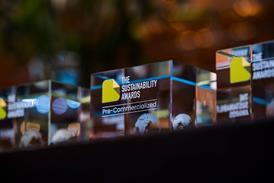

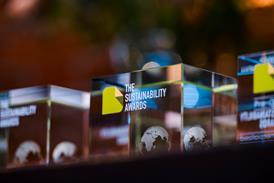
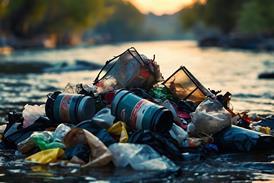
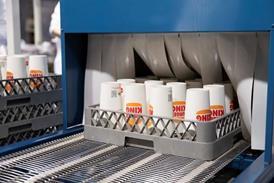












No comments yet